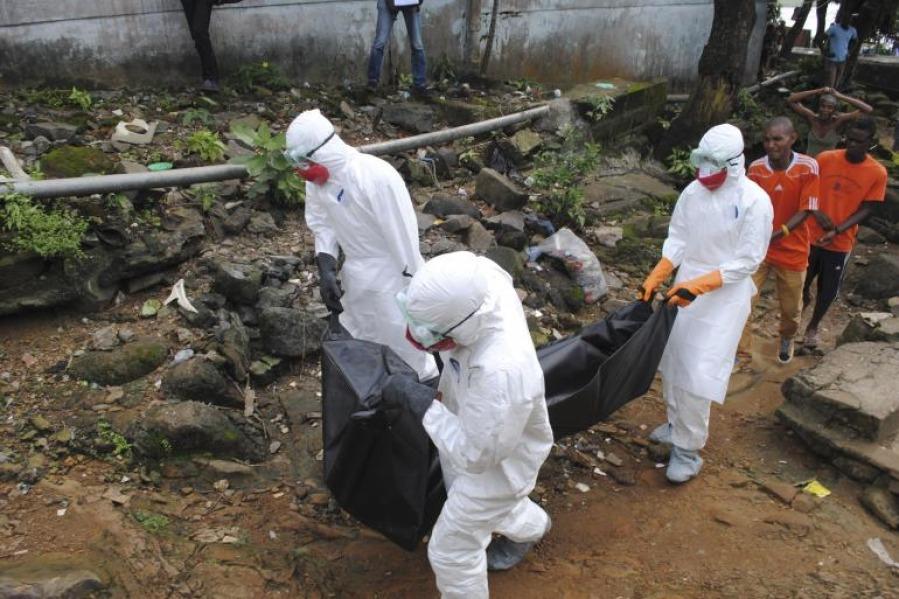Ebola Outbreak
October 15, 2014
Ebola hemorrhagic fever is a disease caused by one of five different Ebola viruses. The virus is named after the Ebola River, where the virus was first recognized in 1976, according to the Centers for Disease Control and Prevention. Symptoms include weakness, fever, aches, diarrhea, vomiting, and stomach pain. Additional experiences include rash, red eyes, chest pain, throat soreness, difficulty breathing or swallowing and internal and external bleeding.
Ebola is extremely infectious but not extremely contagious. It is infectious, because an infinitesimally small amount can cause illness. Laboratory experiments on nonhuman primates suggest that even a single virus may be enough to trigger a fatal infection.

Senior Sarah Harper
Ebola first “came” to America when two American missionaries infected with the disease were treated at Emory University Hospital in Atlanta, Georgia. Thomas Eric Duncan, who flew to the U.S. from Liberia, became the first person to die of Ebola on American soil after receiving treatment in Dallas, Texas. His case gave even more notoriety to the Ebola outbreak when it was confirmed that he had infected two nurses with the virus. Paranoia surrounded his family and other people he came in contact with while in Dallas.
Despite the alarming news, most people do not believe they are directly at risk. “More people die from the flu every year in this country, and yet we aren’t hysteric during flu season. I think the media is making this larger than it is,” says Sarah Harper, senior at Gig Harbor High School.

History Teacher, Mr. Greetham
Mr. Jim Greetham, history teacher at Gig Harbor High School, also concedes, “No, I’m not worried. There are millions of people around the world and only a small percentage of them are likely to get Ebola compared to how many people die of other diseases.”












